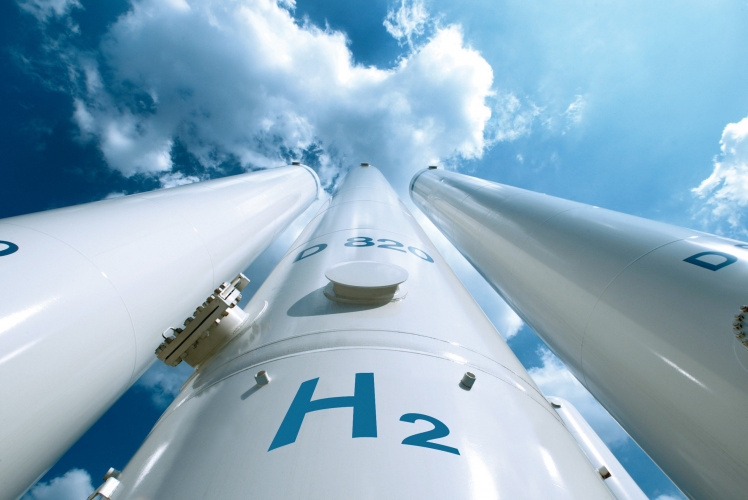
The two companies have, for some time, been collaborating on a project called H2@Scale, a DOE-funded effort to explore the potential for a wide-scale production and utilisation of hydrogen in the US.
Currently, some 10 million tonnes of H2 are produced annually, 95 per cent of which comes from centralised reforming of natural gas (and is, therefore, not low carbon in its production, although no further carbon is released during its use).
_____________________________________________________________
Further reading
Discovery could accelerate way to green hydrogen future
Hydrogen-enriched natural gas could slash domestic carbon emissions claim Swansea researchers
How the hydrogen economy could make a comeback
_____________________________________________________________
In March of this year, the DOE announced $31m in extra funding to advance the project, and 29 studies were selected in August to receive these funds, which were added to $9m already announced. Exelon is seeking $3.6m of this to finance a three-year demonstration in partnership with Nel Hydrogen, which it will match.
The project also includes several national laboratories including Idaho, Argonne and the National Renewable Energy Laboratory. It will see Exelon install a proton exchange membrane electrolyser and an associated hydrogen storage system, along with supporting infrastructure and a control system. The electrolyser would be of a type developed by Nel Hydrogen, but the technology would be scaled up to a level that has not yet been achieved. It will also be operated to ramp up and down in production volume quickly, which has not yet been demonstrated.
Initially, the plants will be used only to supply the hydrogen needs of the nuclear plant to which it will be attached, which has not yet been selected. Nuclear plants use hydrogen as a coolant gas in their generator sections and also to control the chemistry of the coolant water in the reactor itself.
However, in future, such low-carbon hydrogen could be sold for injection into gas pipelines or to regional hydrogen markets, where the current largest uses are in oil refining and ammonia production. Further ahead, it could supply a distribution network for fuel cell-powered electric vehicles.
Lara Pierpoint, director of technology strategy at Exelon, told US publication Power that the three-year effort would see the company study the economics of operating the electrolyser and its capability to work dynamically, and would then investigate whether it would be feasible to build and operate a large electrolyser at other plants. Siting such units close to demand for hydrogen would be vital to such a decision, she indicated, as would the development of the hydrogen market.




April 1886: the Brunkebergs tunnel
First ever example of a ground source heat pump?